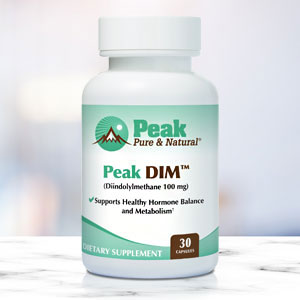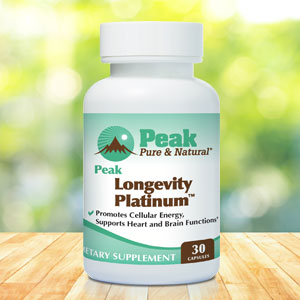Most of us think of our age as the number of years we’ve spent on this earth.
But there’s another measurement of age that has a far bigger impact…
Known as epigenetic or biological age, it presents a more accurate picture of how well your body’s cells and tissues are functioning. That makes it a more precise measure of age and risk for age-related disease.
The good news is that there are ways to slow down the epigenetic aging process and push back the onset of aging-related diseases, potentially increasing both your healthspan and lifespan.
And research has revealed one of the simplest and most effective ways to reverse your body’s aging clock is something you can do right now…
Delivering measurable reductions in biological age
In research from Tohoku University, scientists reviewed existing evidence from studies showing that regular exercise, physical activity and fitness may influence epigenetic aging and potentially reverse it.
The results were compelling enough that you may just want to get up and dance — or walk, run, lift weights, go swimming, or engage in any type of exercise that floats your boat.
That’s because the deep dive into study after study revealed the incredible benefits of staying active for reducing epigenetic aging, including:
- A study in mice that demonstrated that endurance and resistance training reduced age-related molecular changes in muscle tissue.
- A human study that found exercising reduced biological age markers in blood and skeletal muscle.
- Research that revealed that sedentary middle-aged women could reduce their epigenetic age by two years after just eight weeks of combined aerobic and strength training.
- Another study that found older men with higher oxygen uptake levels, a key measure of cardiovascular fitness, had significantly slower epigenetic aging.
According to the scientists, “These findings suggest that maintaining physical fitness delays epigenetic aging in multiple organs and supports the notion that exercise as a geroprotector confers benefits to various organs.”
Considering all that can go wrong without exercise, I’m not really surprised.
Which organs benefit most?
The research also was able to show that while exercise is excellent for slowing aging across your entire body, specific organs grab even bigger benefits.
Obviously, exercise offers benefits for your skeletal muscles, which are used to move your body as you exercise, allowing them to stay strong and healthy.
However, beyond muscle, regular physical training may also slow the aging process in your heart, liver, fat tissue, and even your gut (which controls a significant portion of your immune system).
The scientists do say, though, that if you want to experience to the fullest extent the anti-aging benefit exercise can deliver, the key is to leverage a structured exercise routine that is planned, repetitive and goal-directed.
That’s because regular exercise, like riding an exercise bike, playing tennis, going for a jog or lifting weights, appears to have more potent effects on slowing epigenetic aging than general physical activity, such as walking or doing household chores.
In addition to exercise, restricting calories can also help reduce aging and even mortality risk. So you have choices. Do what feels right for you.
Sources:
Exercise may actually reverse your body’s aging clock – ScienceDaily
Read full article here




